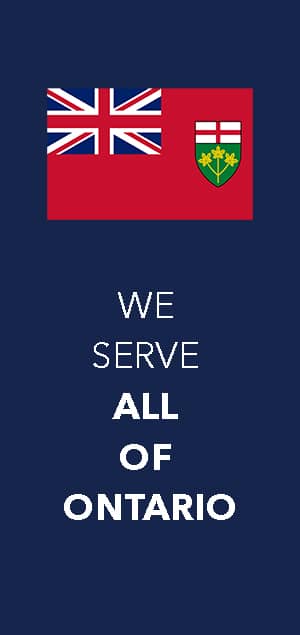COVID-19’s Severe Toll on Elderly in Long-Term Care Homes
There was no way to be adequately prepared for COVID-19 and how it would change the lives of hundreds of millions of people globally. The elderly quickly became the most vulnerable demographic as the infection rates from COVID-19 and long-term care homes sky-rocketed. According to the Canadian Institute for Health Information (CIHI), long-term care and retirement homes account for the majority (more than 80%) of COVID-19-related deaths. As of May 25, 2020, Canada had 5,324 COVID-19 and long-term care home deaths, and this number continues to rise throughout the second wave.
Laws pertaining to COVID-19 and long-term care homes
Generally speaking, all long-term care homes must abide by the Long-Term Care Homes Act, 2007 or the Retirement Homes Act, 2010. These laws hold institutions accountable, protect residents and their rights, prevent neglect, and set a standard for quality of care. Unfortunately, there are no specific laws pertaining to the prevention of COVID-19 or any other pandemic of similar or greater severity.
In Ontario, there are policies related to COVID-19 and long-term care homes that institutions need to follow. These policies address types of visitors, screening, long-term care home responsibilities, and personal protective equipment (PPE).
Many long-term care homes are privately or provincially owned and operated. The Government of Canada has very little power or authority over these facilities and their residents’ overall care.
Resident and family rights
Aside from legal rights outlined in currently existing laws, there is very little information on rights in the context of COVID-19 and long-term care homes. Families of elderly patients in these facilities are now dealing with changing visitation restrictions in certain regions. This can be incredibly stressful and difficult for the families with ill or otherwise heath-compromised love-ones who are very rarely – if ever – allowed to have visitors.
As per the new COVID-19 response framework in Ontario, visitations are entirely restricted to non-essential visitors in regions categorized as Orange-Restrict and Red-Control zones. Up to one caregiver per resident may visit the home. A caregiver can be someone who provides necessary, direct care to a resident and a family member or friend. For more information regarding visitations contact your local public health unit.
Reporting a complaint related to COVID-19 and long-term care homes
Suppose you believe that a long-term care home failed or is failing to implement essential preventative or responsive COVID-19 measures. In that case, you can choose to seek legal help. Nursing home negligence, and COVID-19 and it’s impact on long-term care homes continue to be issues that must be dealt with federally and provincially. Facilities that fail to meet an acceptable standard of care must be held accountable.
You can file urgent and non-urgent complaints with the Ontario Ministry of Health and Long-Term Care. For non-urgent complaints, you should also contact the long-term care facility directly. If you cannot reach a satisfactory resolution to your claim, you may contact the Patient Ombudsman as a final resort.


